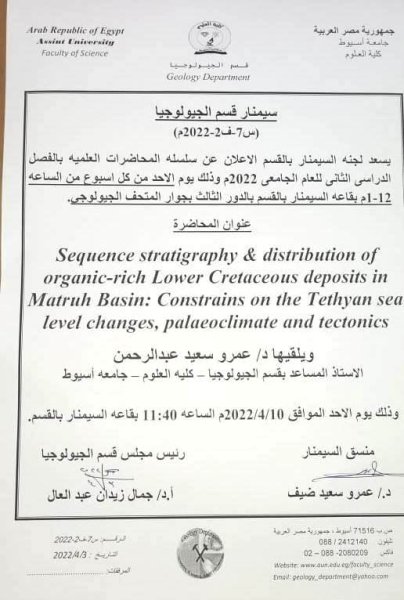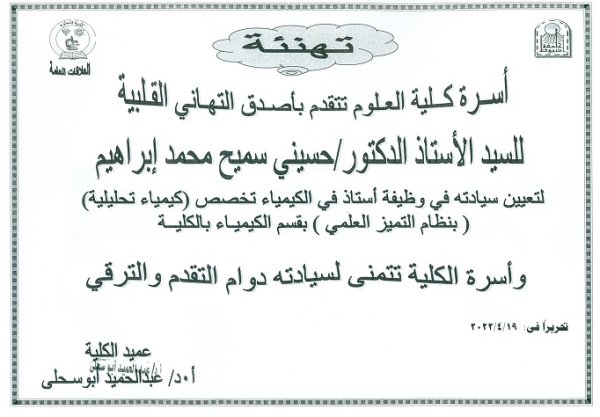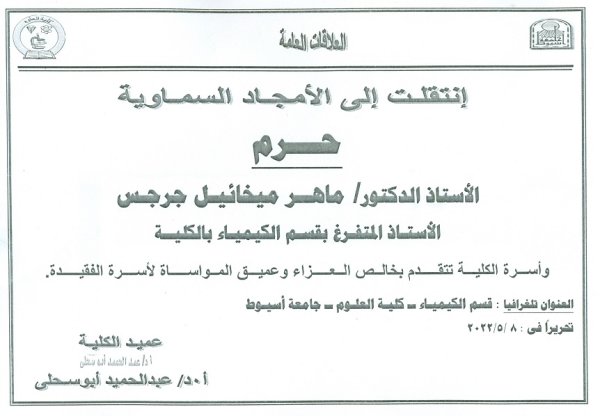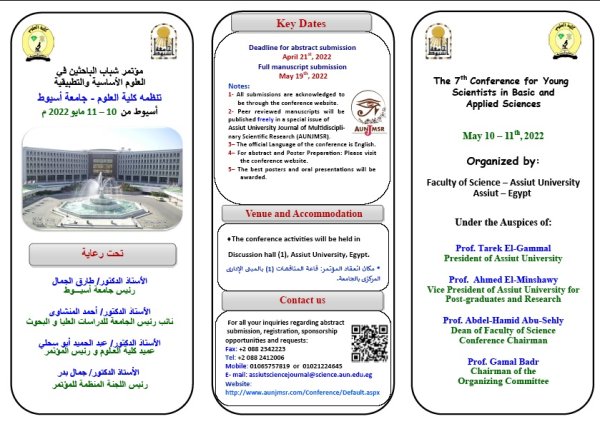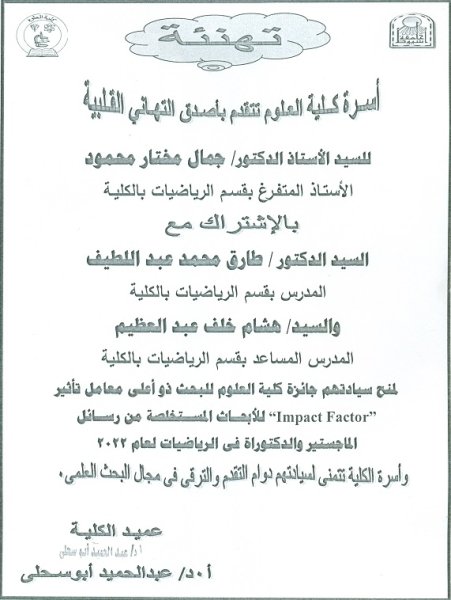Integrated stratigraphy of the lower Eocene successions on the southern Tethys margin (Egypt): Emphases on the hyperthermal events
The early Eocene is marked by prominent short warming episodes that are globally documented. The present study provides a well-established micropaleontological record of the calcareous nannofossils, planktonic, and benthonic foraminifera in order to evaluate the impact of the environmental perturbations across the early Eocene generally and particularly throughout these short warming events. This study has been conducted on two expanded lower Eocene successions at the Dababiya and the El-Ballas sections, southern Egypt. The recorded benthonic foraminifera indicate a deposition in a middle-outer neritic setting for El-Ballas, while at the Dababiya section, the lower part is deposited in an inner-middle neritic setting that changed upward to middle-outer neritic due to sea-level oscillation. The detailed analyses of the identified calcareous nannofossils and foraminifera allow definition of four early Eocene hyperthermal events. These events are the Post-Paleocene Eocene Thermal Maximum (Post-PETM), Eocene Thermal Maximum-2 (ETM-2), H2, and Eocene Thermal Maximum-3 (ETM-3). These events are indicated by a remarkable shift of the calcareous planktonic warm water indicators. The benthonic foraminifera assemblages that were recorded throughout these events reflect partially dysoxic/suboxic marine conditions associated with increased eutrophication probably of mesotrophic marine conditions. The calcareous planktonic and benthonic foraminifera record indicates evidence of minor dissolution across these events. Unlike the PETM, these events had a lesser impact on the environmental marine condition. The integrated data of the present study show that the magnitude of these events was greater and more pronounced at the shallower site at the Dababiya than at the deeper El-Ballas section.


